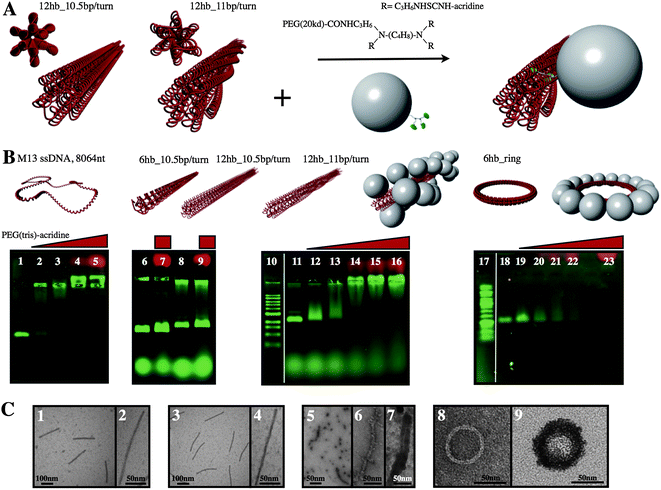Team:Warwick/Project

Foundation for future meta-materials
Brixells
Our team's aim is to create a tool box allowing the selective allocation of specific cell types to an engineered DNA scaffold, using zinc finger binding proteins on an E. coli model. Our research would allow for the self assembly of complex multi-type cell structures. The project will advance in progressive bands of complexity: designing and cloning the zinc finger coated E. coli cells, constructing DNA structure to allow for the cells to bind, further development of the zinc finger binding proteins allowing for multiple cell types to coexist on the DNA structure, and finally designing complex 3-D structures that the cells will be able to self assemble into. This has possible applications throughout medicine. Our research would contribute potentially to 3-D printing organic tissues, allowing for customised living tissues to be engineered.
-
We have chosen to use E. coli as the model for our concept for multiple reasons:
It is the one of the most studied microorganisms, any changed we make to the genome are unlikely to have unexpected results.
When made electrocompetent or chemically competetent it readily accepts plasmids.
It has a rapid generation time so we can grow a lot of it in a short time period.
And most importantly:It can be cultured easily and inexpensively in a lab, so any mistakes we make when experimenting won't bankrupt us!
Fun diagram of E. coli!
 E.Coli Diagram
E.Coli Diagram
-
Consectetur adipiscing elit. Et non ex maxima parte de tota iudicabis? Item de contrariis, a quibus ad genera formasque generum.
 genera formasque
genera formasque
 quibus ad genera
quibus ad genera
Et non ex maxima parte de tota iudicabis? Item de contrariis, a quibus ad genera formasque generum venerunt. Sit enim idem caecus, debilis. Duo Reges: constructio interrete.
-
"Lorem ipsum dolor sit amet, consectetur adipiscing elit. Et non ex maxima parte de tota iudicabis? Item de contrariis, a quibus ad genera formasque generum."
"Adipiscing elit. Et non ex maxima parte de tota iudicabis? Item de contrariis, a quibus ad genera formasque generum."

